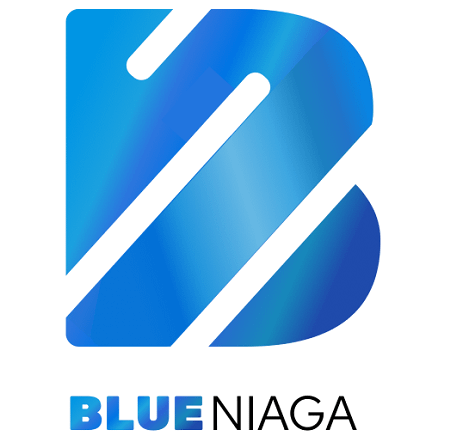Can you believe how wild the tech world has become lately? It seems like every other day, there’s a new headline that makes us stop and think. Recently, the spotlight has turned to Microsoft, and the ripple effects of their latest move have sparked quite a bit of chatter. Microsoft’s controversial imitation of Google’s website design has not only raised eyebrows but has ignited a wave of backlash from developers, users, and tech enthusiasts alike. In this blog post, we’re diving deep into this topic, exploring why Microsoft’s imitation matters, the reactions it’s garnered, and what this might mean for the tech landscape moving forward.
The Background of This Controversy
Microsoft and Google have been competitors for a long time, particularly in the realms of cloud computing, operating systems, and search engines. However, the spotlight recently shifted to their web interfaces when Microsoft unveiled a redesign of its search page that closely mirrors Google’s aesthetics and functionality.
This design choice has critics questioning if Microsoft is continuing an ongoing trend of copying their competitors, rather than innovating in a space where it could incredibly lead. Let’s break this down further.
Understanding the Reaction
Many users and developers took to social media to voice their opinions. Some are defending Microsoft’s choice, arguing that there’s nothing inherently wrong with borrowing elements from a wildly successful platform—especially if it improves user experience. On the flip side, a significant segment of the tech community views this as an imitation rather than innovation.
Major Points of Contention
The Financial Implications
Beyond the aesthetic and ethical considerations, financial implications offer another layer to this story.
– Microsoft has invested billions into developing its search engine, Bing, yet it continues to trail behind Google in market share. By adopting a more familiar interface, Microsoft hopes to attract those users who might be hesitant to switch from Google’s well-trodden path.
– Recent statistics indicate that Google’s search engine has approximately 92% market share, while Bing sits around 3%. With such disparity, it becomes clear why Microsoft might consider a new approach.
Does Imitation Really Help? A Historical Perspective
Historically, several tech companies have followed the path of imitation with varying degrees of success. Think back to how Apple incorporated elements from Windows into their technology or how several social media platforms embraced Instagram’s stories feature after its success.
The challenge for Microsoft will be finding a balance—while imitating can sometimes yield marketplace advantages, it can also attract scrutiny and potential backlash from loyal customers who expect more originality.
User Perspectives: What Do They Say?
The feedback from users on forums and social media has been mixed. Some have expressed delight at the new design, appreciating the familiarity it brings. Others, however, have been vocal about their disappointment, arguing that tech companies should strive for more innovative designs.
To provide some insights:
– A survey conducted on tech forums illustrated that around 45% of respondents favored the new design, citing ease of use, while 30% expressed concerns over the lack of originality.
– Many users and tech bloggers have noted the potential for confusion among those who might mistake the Microsoft search interface for Google’s, emphasizing the need for distinct branding.
The Future of Microsoft and Google
Microsoft’s imitation has Future implications for how tech companies strategize their interface designs. As fierce competitors, Microsoft and Google will continue to influence each other’s strategies, leading us to ponder how this could shape the future landscape of user interfaces.
Will Microsoft Innovate?
The key question that arises is whether this strategy will encourage further innovation or if it will leave the door open for more imitative practices.
**The Road Ahead: Embracing Innovation**
The tech community hopes for a shift from copying to true innovation. Users want Microsoft to channel their resources and creativity towards developing features that set them apart distinctly from Google.
To summarize all of this, the backlash against Microsoft’s imitation reflects a deeper yearning for creativity in technology, reminding us that while it’s tempting to follow a successful model, true progress often comes from forging new paths. Let’s keep an eye on how this plays out, shall we? We might just see some surprising developments as Microsoft looks to the future!


